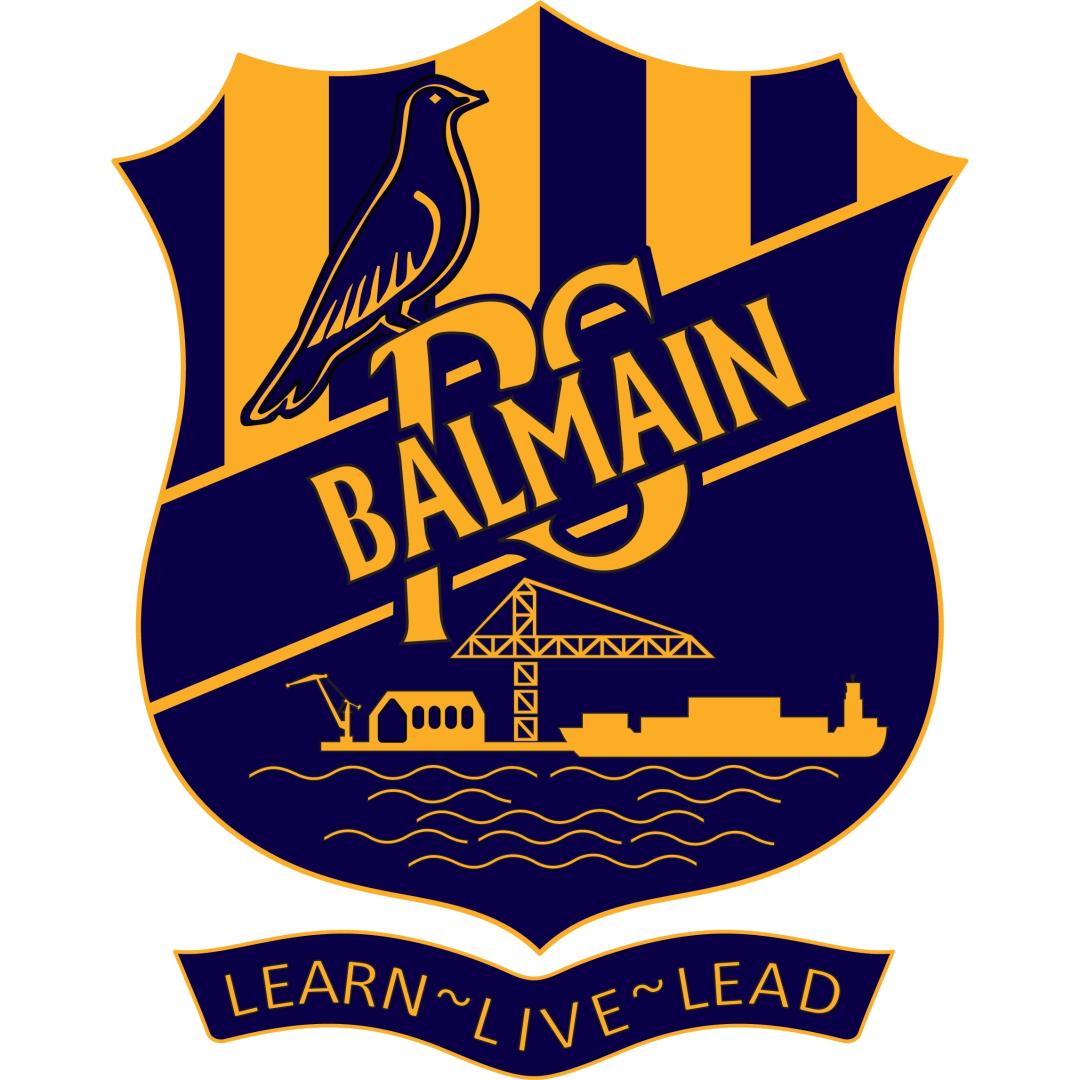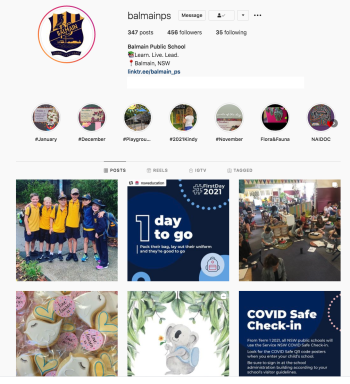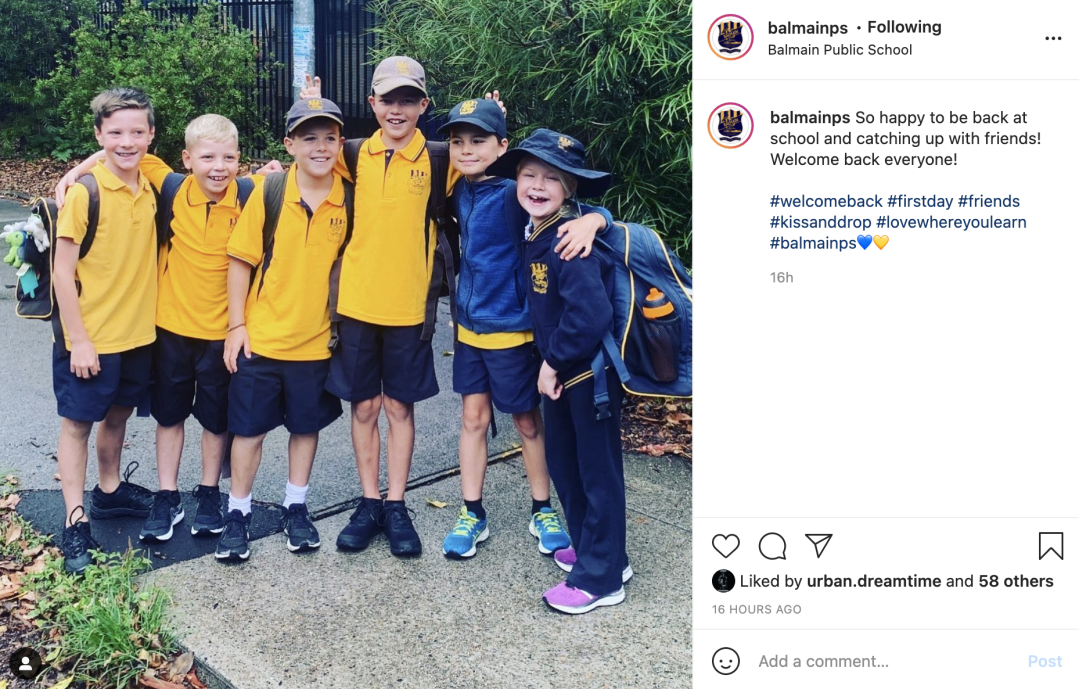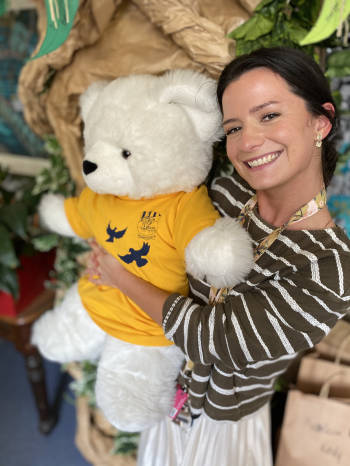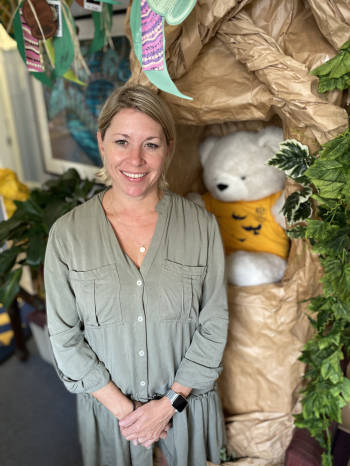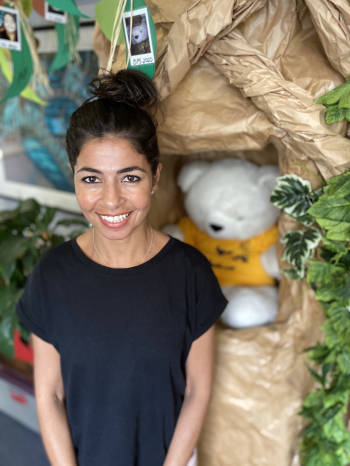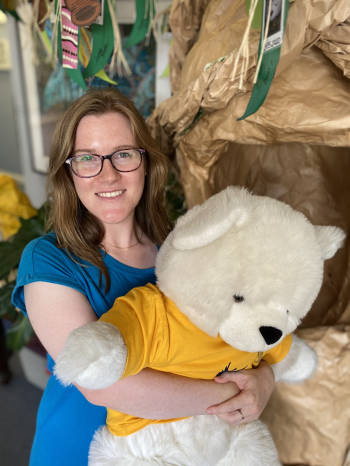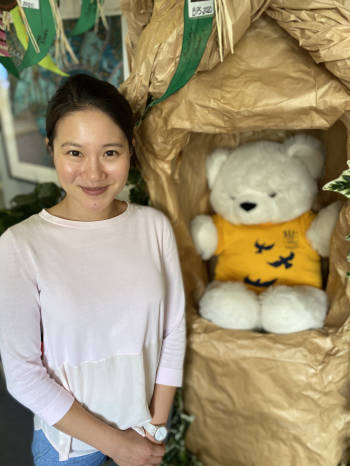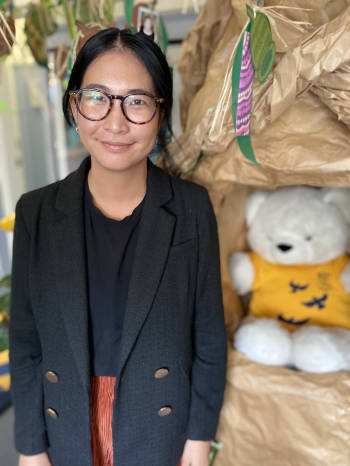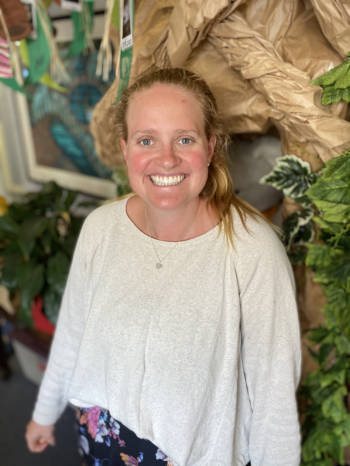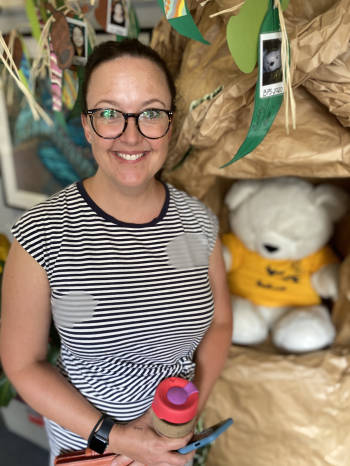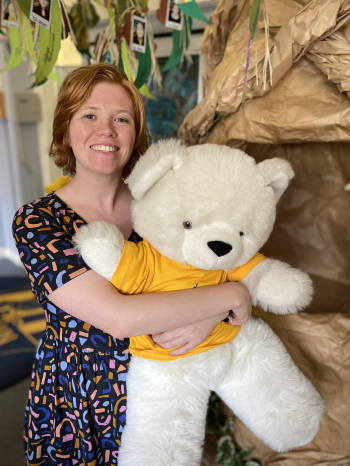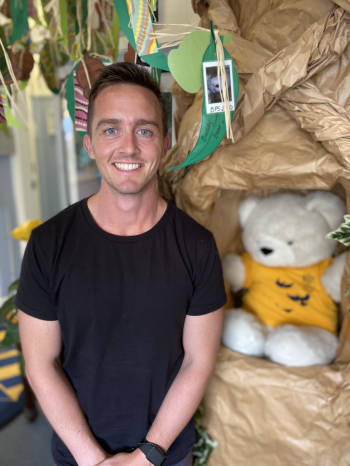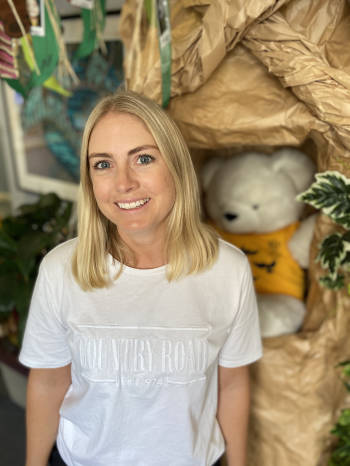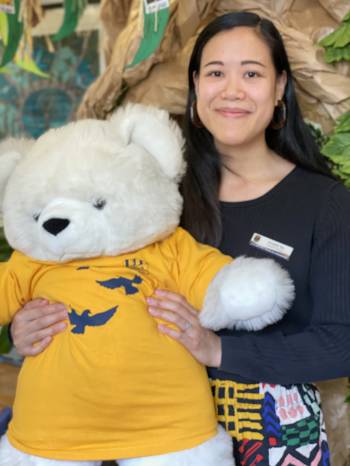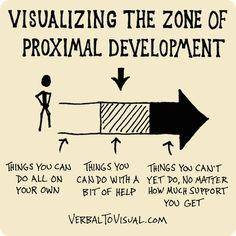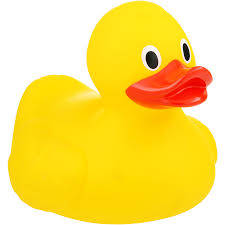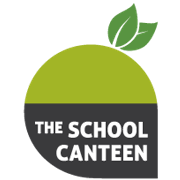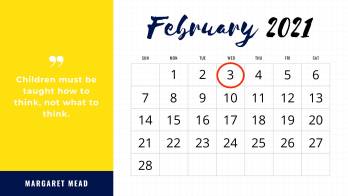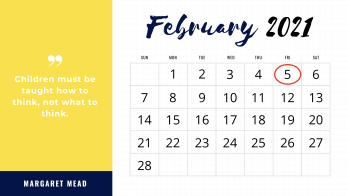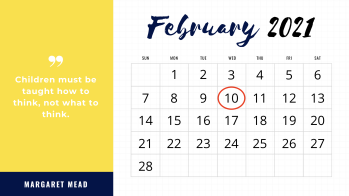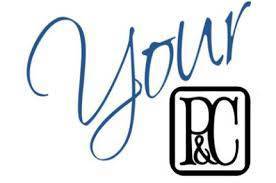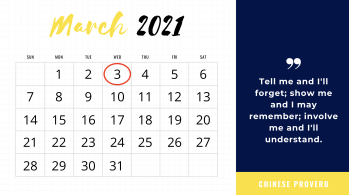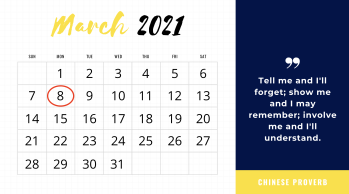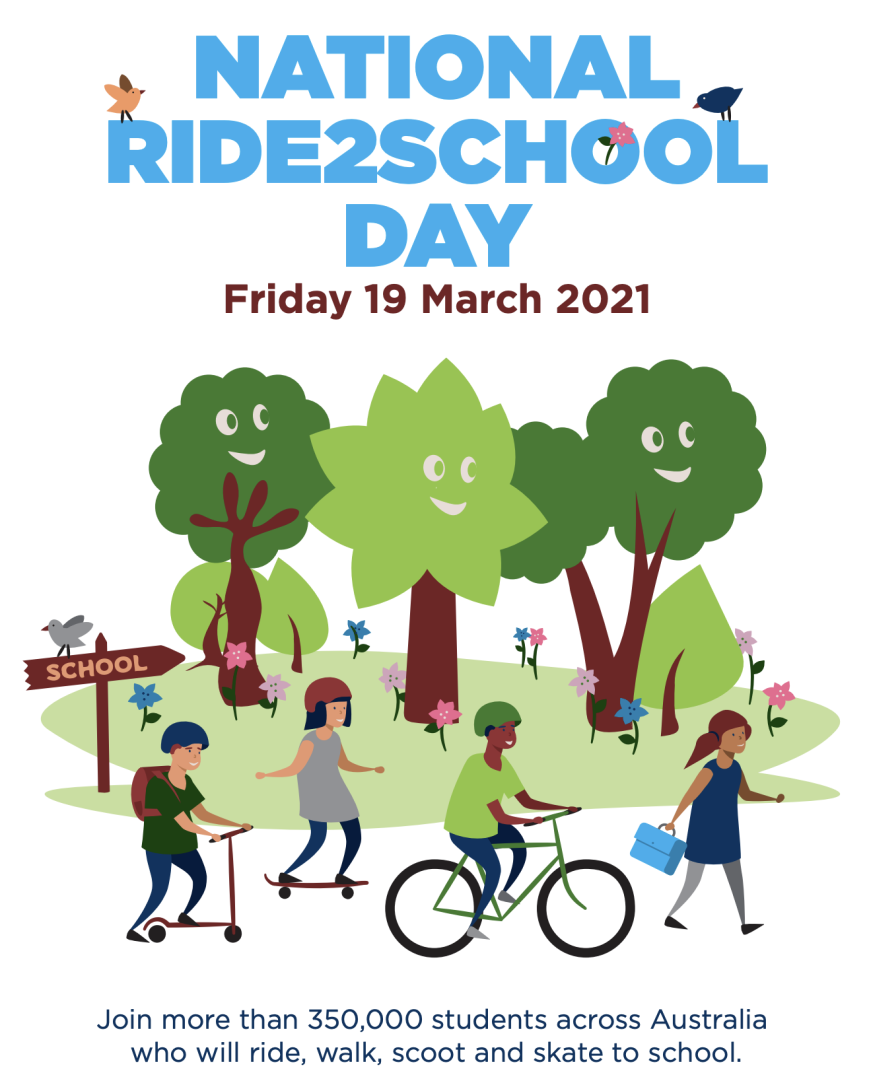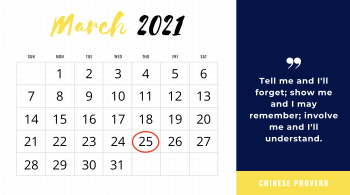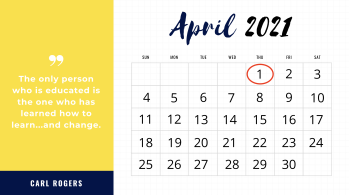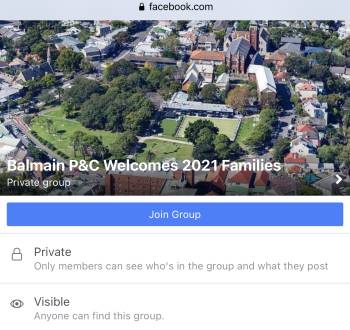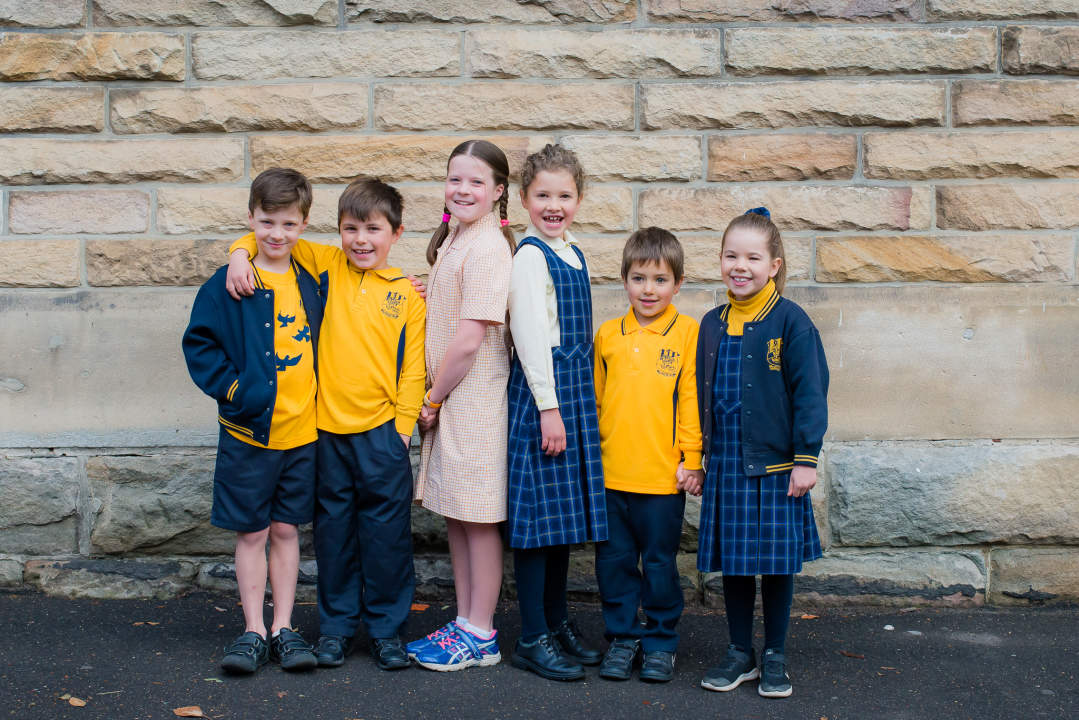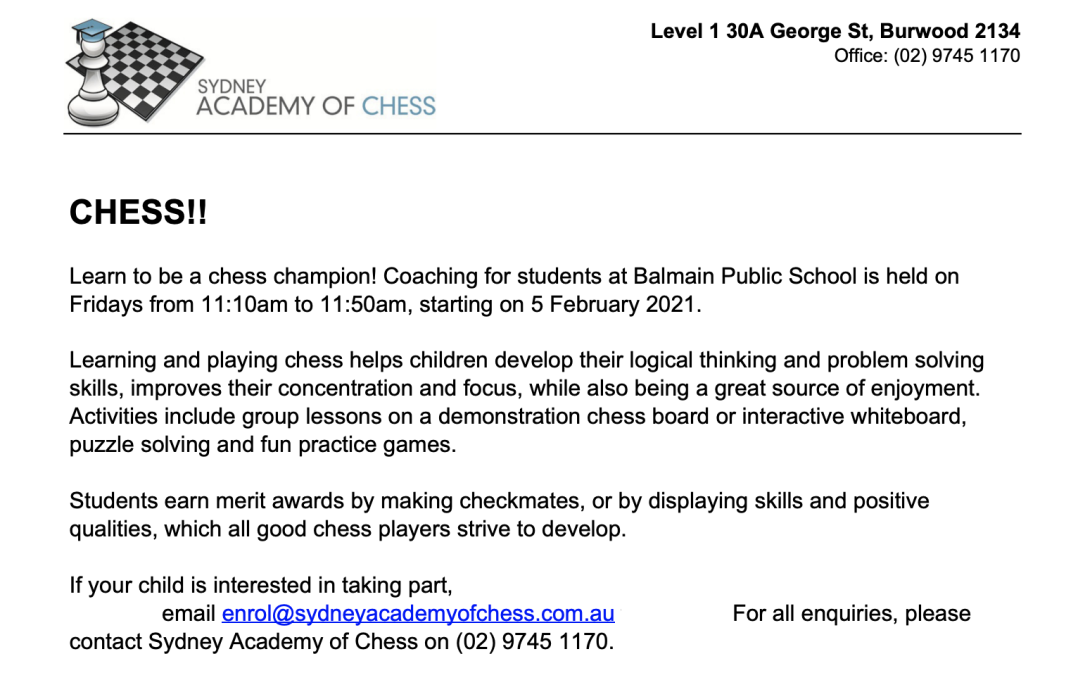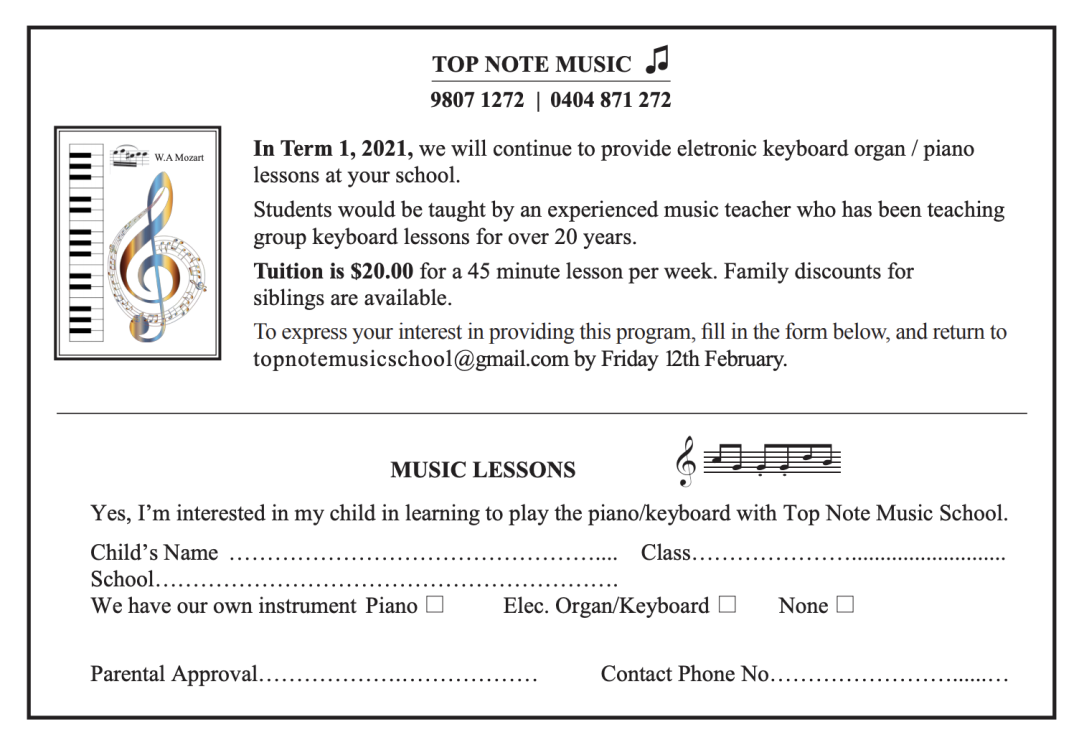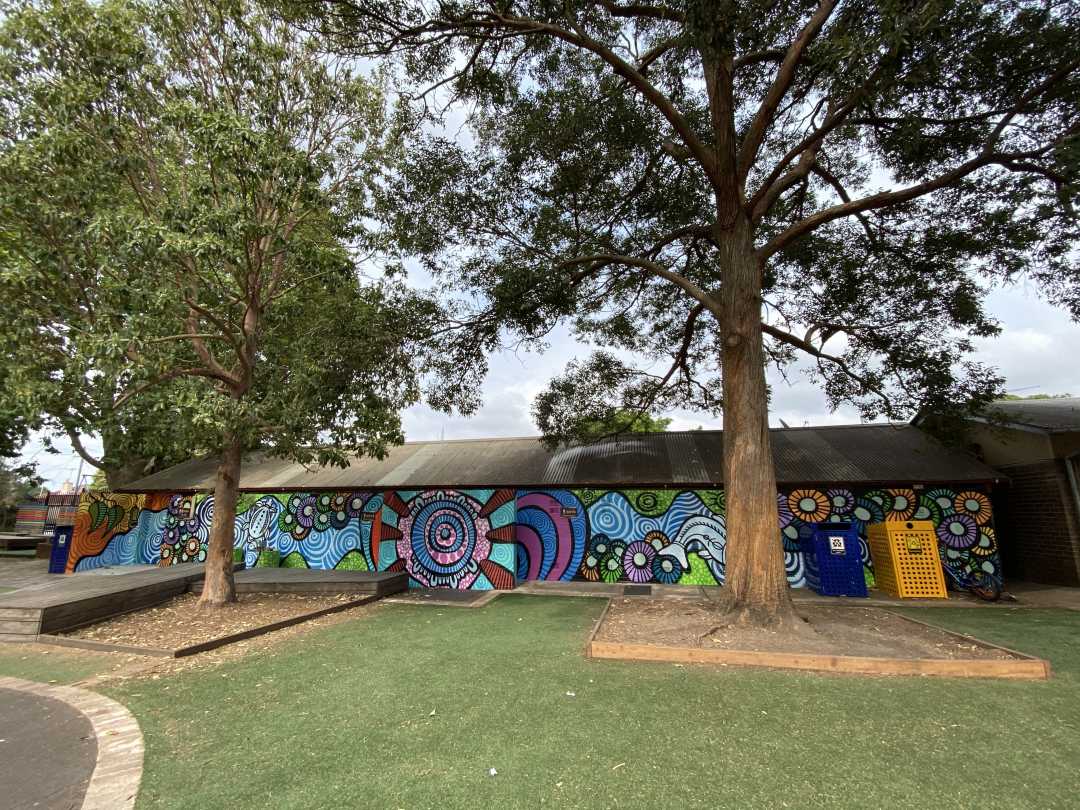Why does Balmain PS have an across-stage class in 2021?
It is a requirement that each NSW Department of Education (DoE) school, or public school, accept all local enrolments. DoE schools are staffed according to the total number of enrolments per school year, not per year/age group. It is the school’s responsibility to form classes in the best interests of all students and the school, taking staffing formula and total enrolments into account.
In 2021, our classes have again been organised into stage groups across the entire school. This means students are matched with students from different year groups. The NSW syllabus documents sequence learning in stages from K-12. In primary schools, these are: Early Stage One (Kindergarten), Stage One (Years 1 and 2), Stage Two (Years 3 and 4) and Stage Three (Years 5 and 6).
From time to time, across-stage classes - 1/K, 3/2 and 5/4 - may be formed, due to an uneven pattern of enrolment in the school. This year we again have a 5/4, as we did in 2020. In 2019, the numbers were distributed in such a way that we needed to form a 1/K and a 5/4.
Previously to this, in my time at Balmain PS, we have had a 1/K one year, as well as a 5/4 over 2 separate years. This has occurred, as there are class size restrictions we need to adhere to. With our current enrolment pattern, had we kept purely to stage classes, or even year groups, there would have been overcrowding in a number of classes.
Will my child be disadvantaged being in an across-stage class?
Concern is sometimes expressed regarding across-stage class arrangements due to the perception that students will be given instruction which is not matched to their age or school year. There is also a belief that students have been graded academically and placed in classes based on academic achievement. The reality is that students at Balmain PS are placed in classes to ensure each class has a healthy balance of achievement levels and student needs and personalities.
Effective teaching is about addressing the needs of students through ongoing (formative) assessment. Teachers use the year group as the starting point and move quickly into teaching students in groups at the level they are currently achieving for each aspect of the curriculum. The level they are taught at may be beyond or below their school year. This is a more effective approach than restricting students to the curriculum attached to their school year.
For example it is very common for a Year 4 student to be achieving, (or capable of achieving), at a Year 5 level. Similarly a Year 4 student may struggle doing Year 4 learning and be more suited to mastering Year 3 curriculum in some areas before moving in to Year 4 content. Restricting learning to only Year 4 content would not result in learning growth in both cases because the learning is either too easy or too hard.
Put simply, good teaching places students in the Zone of Proximal Development (see diagram) throughout the day, using formative assessment and differentiated teaching. When this aspect of teaching is understood, it is easy to see that the across-stage (or stage) classes pose no threat to student outcomes, as teachers are encouraged to teach the students in front of them rather than blindly teaching them as a year group. It takes great skill and commitment over time to successfully implement formative assessment and ensure each student is learning as much as they can for each minute of each day. The complexity required to teach two year groups is virtually identical to the complexity of teaching one year group. Given this, good educators do not pay much attention to stage class structures and are instead obsessed with knowing their students, their achievement levels and what each of them needs to learn next.
There is also a perception that across-stage (or stage) classes might place students in groups with other students who are more or less socially developed. The advice relating to academic achievement also applies here, as all students mature at different rates and have different levels of social competency. On average older children are likely to be more socially capable but this is not a given for each individual. Again it comes down to the teacher and how they value, teach and model social-emotional skills. A well led classroom allows students, who are not as socially developed, to grow through the observation of the behaviours that are modelled to them by older students. This is generally a one way street, as older students are much less likely to regress and be influenced by the social and emotional skills of younger peers.
